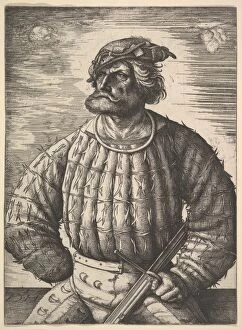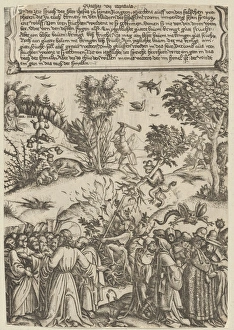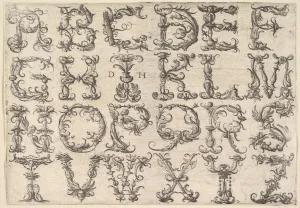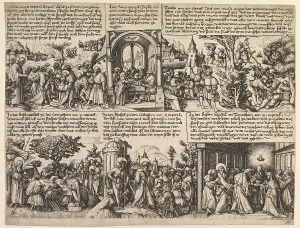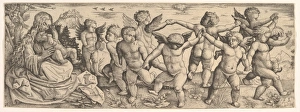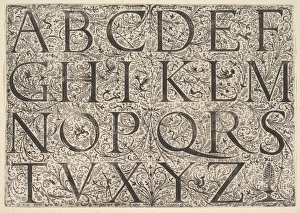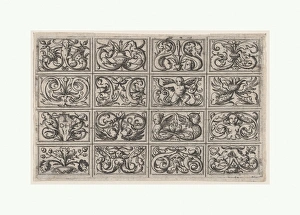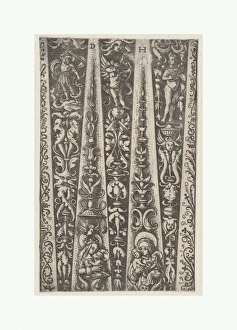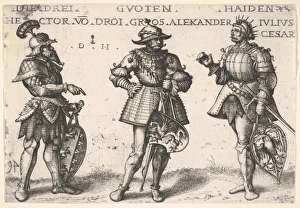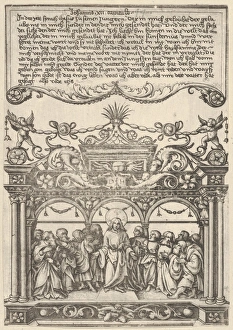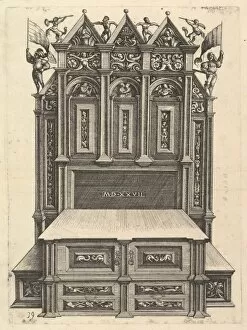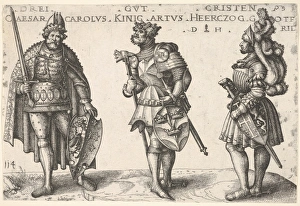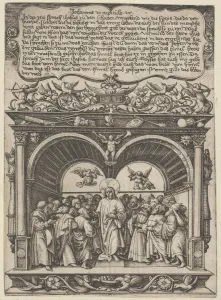1471–1536 Collection
"1471–1536: A Glimpse into the Artistic Tapestry of an Era" Step back in time and immerse yourself in the rich artistic legacy of 1471–1536
All Professionally Made to Order for Quick Shipping
"1471–1536: A Glimpse into the Artistic Tapestry of an Era" Step back in time and immerse yourself in the rich artistic legacy of 1471–1536. This captivating period comes to life through a series of remarkable artworks, each offering a unique glimpse into the cultural tapestry that defined this era. One such masterpiece is the portrait of Kunz von der Rosen, created between 1515 and 1518. Through delicate etching techniques, this artwork captures the essence of a noble figure, his expression revealing both strength and vulnerability. Moving on to illustrations from Proverbs 10:4-7 dating back to 1534, we witness etchings that depict timeless wisdom. These intricate works serve as visual interpretations of moral lessons, inviting viewers to reflect upon their own lives. In "Christ Denouncing False Prophets Pharisees, " an illustration unfolds before our eyes. This powerful image portrays Christ's righteous anger towards those who distort truth for personal gain—a reminder that integrity should always prevail over deceit. The ornamental Roman Majuscule Alphabet from around 1520 showcases exquisite craftsmanship through etching. Each letter becomes a work of art itself, reflecting the elegance and sophistication prevalent during this period. Scenes from the Gospels Acta Apostolorum transport us further into religious narratives depicted with meticulous detail. These evocative etchings bring biblical stories alive while capturing moments filled with faith and devotion. A breathtaking landscape emerges in "Virgin Child Angels Dancing Landscape" from the 1530s—an ethereal scene captured through skillful etching techniques. The harmonious dance between angels celebrates purity and innocence amidst nature's beauty. Returning to ornamental majuscule alphabets—this time in its first state—we marvel at their intricacy once again. Created around 1520, these designs showcase calligraphic excellence intertwined with decorative elements that elevate the written word.

